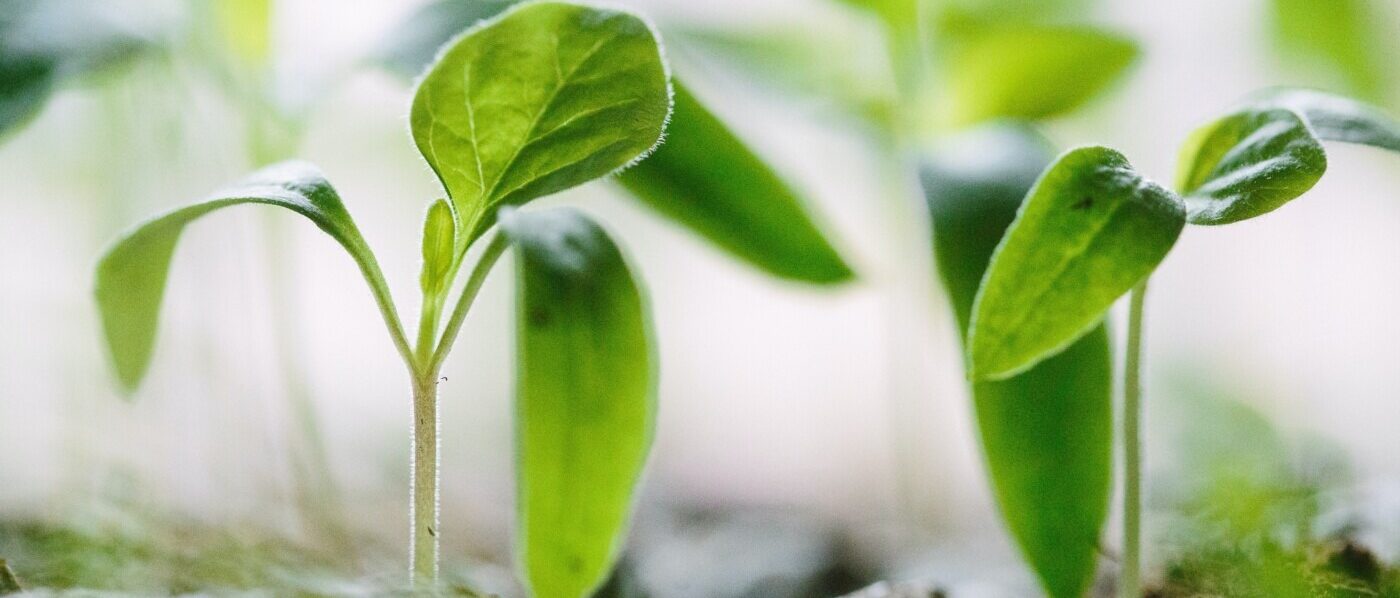Artificial photosynthesis: producing food without sunlight
Temperatures have hit above 40°C in the UK for the first time ever. Once again we have been forced to face the reality of a rapidly changing climate and consider the extent to which we will need to adapt, socially and technologically, in the years to come. One area where adaptation will become particularly necessary is food production, not only to cope with hotter conditions that bring drought, but also wetter weather with more flooding.
That’s why research at the University of Delaware and the University of California Riverside on technology to produce food without sunlight using artificial photosynthesis is an important step towards producing food much more efficiently, in order to prevent hunger on a global scale. The possibility of growing food independent of sunlight and in controlled conditions could help resolve issues relating to creating enough food despite the numerous effects of climate change. The research was published on June 23rd in Nature Food, a journal about the social and cultural aspects of food systems.
Using artificial photosynthesis approaches to produce food could be a paradigm shift for how we feed people.
–Robert Jinkerson, assistant Professor of Chemical and Environmental Engineering, UC Riverside.
This particular project came to life in 2018. At the University of California Riverside, Feng Jiao from the University of Delaware, spoke on how he uses electrocatalysis to transform carbon dioxide into other chemicals. The news that Jiao could create a chemical compound called acetate, the main component of vinegar, through this process, caught the attention of one particular member of the audience, Robert Jinkerson, an assistant Professor of Chemical and Environmental Engineering at UC Riverside. It captured Jinkerson interest as he had been looking for a technology that could allow food to grow without biological photosynthesis, the process through which sunlight is used to produce oxygen and chemical energy in order to fuel the life of plants. Acetate can be used to grow plants in dark environments. Jinkerson approached Jiao after the presentation and they agreed to team up and coordinate their research.
If we get rid of the need for sunlight, then we can grow multiple layers of crops at once, similar to the way mushrooms are grown, and create a sort of food factory.
–Feng Jiao, Professor of Chemical and Biomolecular Engineering, University of Delaware
The joint team of researchers managed to use a highly concentrated acetate stream as plant food for nine crop plants – lettuce, rice, cowpea, green pea, canola, tomato, pepper, tobacco and Arabidopsis – all of which were able to take up carbon in this way. It was also discovered that an external solar cell could be used to power the electrolyser. With this method, algae was found to grow about four times more efficiently in comparison to natural photosynthesis, as well as yeast could be cultivated about 18 times more efficiently than with typical methods. “If we get rid of the need for sunlight, then we can grow multiple layers of crops at once, similar to the way mushrooms are grown, and create a sort of food factory” said Feng Jiao.
For countries that are prone to famine or maybe don’t have as much arable land, the technology could lower the burden of food growth.
–Robert Jinkerson, assistant Professor of Chemical and Environmental Engineering at UC Riverside.
The use of artifical photosynthesis is a revolutionary step, toward reducing malnutrition globally. As described by Jinkerson “Using artificial photosynthesis approaches to produce food could be a paradigm shift for how we feed people,” said Jinkerson. “By increasing the efficiency of food production, less land is needed, lessening the impact agriculture has on the environment. And for agriculture in non-traditional environments, like outer space, the increased energy efficiency could help feed more crew members with less inputs.” Sean Overa, a fourth-year chemical engineering doctoral student at UD, specifically described where this technology might be particularly useful. “For countries that are prone to famine or maybe don’t have as much arable land, the technology could lower the burden of food growth if we can get the plants to grow wholly on acetate,” he said.
The implications of these discoveries are manifold, including even the possibility of growing plants in space. The project was submitted to NASA’s Deep Space Food Challenge, an international competition tasking teams to create innovative new technologies to produce healthy and appetising food for space missions, and it was selected as a Phase I winner.
The project demonstrates how science can be used to tackle more than one problem at once, not only offering part of the solution for a rapidly warming planet but, on a much more fundamental level, making us rethink and adapt our relationship with the food and environment on which we depend.

Comments